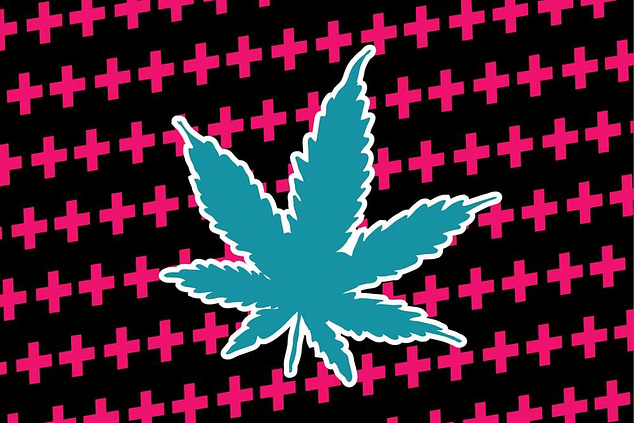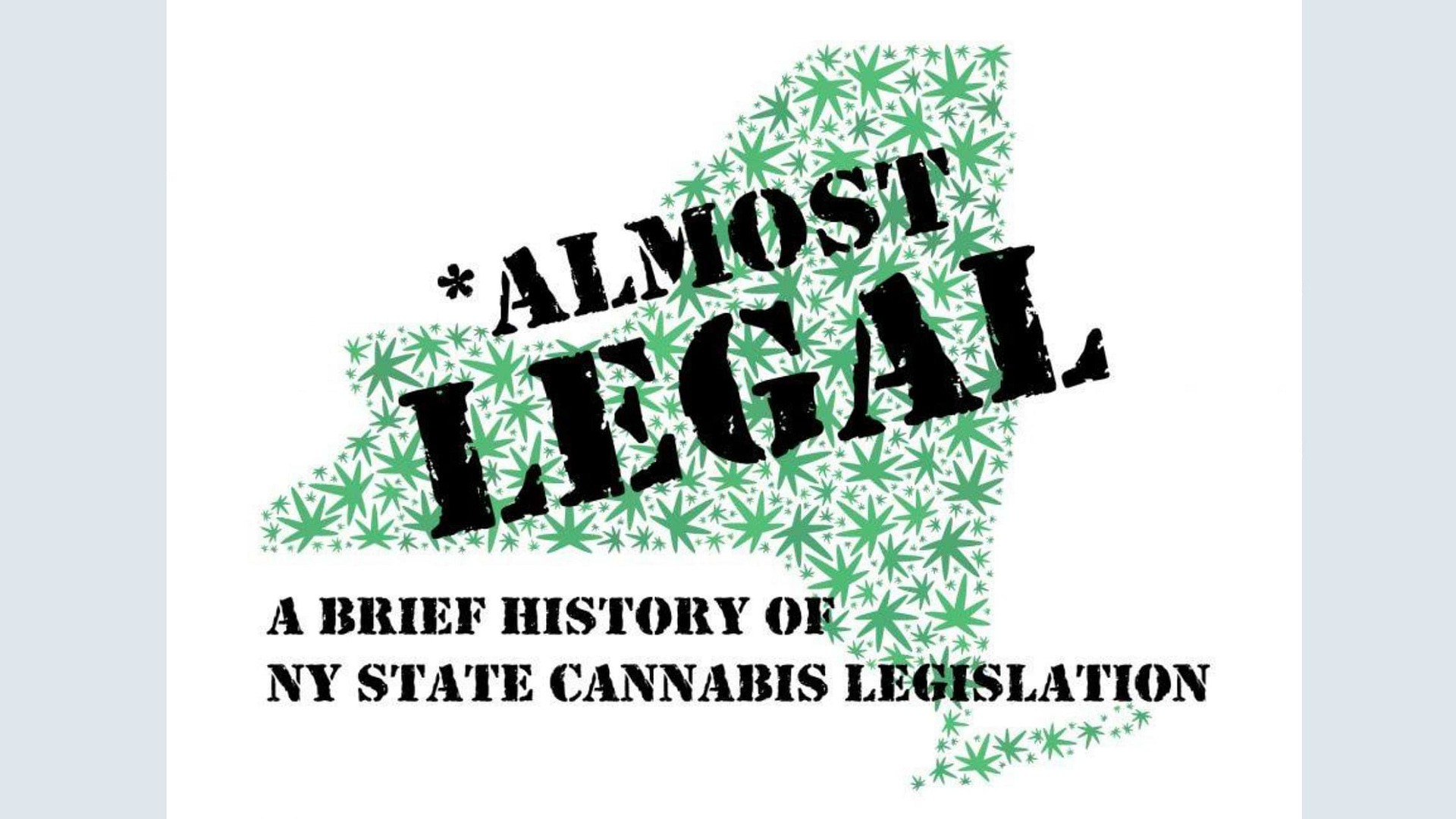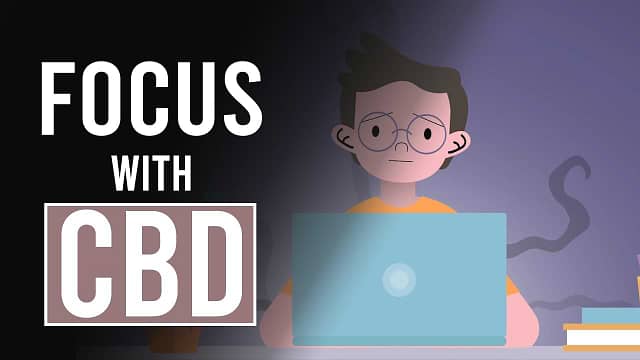In a historic shift, New York State has transformed its approach to marijuana, allowing adults aged 21 and older to possess up to three ounces of cannabis and up to 24 grams of concentrated cannabis for personal use. This transformation marks a significant departure from decades of strict prohibition and reflects changing attitudes, social justice considerations, and economic opportunities.
This comprehensive overview explores the evolution of New York marijuana laws, from early prohibition to the groundbreaking legalization of 2021. We'll delve into the key milestones, regulatory framework, social equity initiatives, and the impact of this monumental change on the state.
Table of Contents
- 1 Early Prohibition Era
- 2 The Shift Towards Decriminalization
- 3 The Push for Medical Marijuana
- 4 Legalization Efforts and Setbacks
- 5 The Landmark Legalization of 2021
- 6 Current New York Marijuana Laws
- 7 Regulatory Framework and Licensing
- 8 Social Equity and Expungement
- 9 Challenges and Ongoing Debates
- 10 The Impact on Criminal Justice
- 11 Conclusion
- 12 Frequently Asked Questions (FAQs)
- 13 1. What are the current possession limits for recreational cannabis in New York?
- 14 2. Can I smoke or vape cannabis in public places in New York?
- 15 3. When did New York decriminalize the possession of small amounts of marijuana?
- 16 4. What is the Compassionate Care Act in New York?
- 17 5. What is the Marijuana Regulation and Taxation Act (MRTA)?
- 18 6. How is New York addressing social equity in its marijuana laws?
- 19 7. What are some of the challenges arising from marijuana legalization in New York?
- 20 8. How has marijuana legalization impacted criminal justice in New York?
- 21 9. Are there limitations on home cultivation of cannabis in New York?
- 22 10. What can other states learn from New York's experience with marijuana legalization?
Early Prohibition Era

New York's journey with marijuana prohibition dates back to the early 20th century. In 1914, the state passed the “New York State Poison Act,” which aimed to regulate drugs like cannabis. It wasn't until the Marihuana Tax Act of 1937 that marijuana became effectively prohibited at the federal level, influencing state laws across the country.
During this era, possession, sale, and use of marijuana in New York were met with strict penalties. People could face criminal charges and substantial fines for even small amounts of the plant.
The Shift Towards Decriminalization
The 1970s saw the beginning of a change in attitude toward marijuana. New York was among the first states to take steps toward decriminalization. In 1977, the state decriminalized the possession of small amounts of marijuana, reducing the penalty to a civil fine.
This shift aimed to address the overcriminalization of marijuana users and reduce the burden on the criminal justice system. However, it didn't fully address the growing demand for medical and recreational marijuana.
The Push for Medical Marijuana
The early 21st century brought a renewed interest in the medicinal properties of marijuana. Advocacy groups, medical professionals, and patients pushed for the legalization of medical marijuana in New York.
In 2014, Governor Andrew Cuomo signed the Compassionate Care Act into law, making New York the 23rd state to legalize medical marijuana. This legislation allowed patients with certain qualifying conditions to access medical cannabis through state-licensed dispensaries.
Legalization Efforts and Setbacks
Despite progress in decriminalization and medical use, full legalization remained a challenging goal. Several attempts were made to legalize recreational marijuana in New York, but they faced legislative hurdles and differing viewpoints.
Efforts to pass legalization bills were unsuccessful for several years, with debates revolving around issues such as taxation, regulation, and social equity. Many believed that the potential economic benefits and social justice implications of legalization were worth pursuing.
The Landmark Legalization of 2021
The turning point came in March 2021 when the New York State Legislature passed the Marijuana Regulation and Taxation Act (MRTA). This landmark legislation marked a historic shift in New York's approach to marijuana.
The MRTA legalized the recreational use of marijuana for adults aged 21 and older. It allowed for the possession of up to three ounces of cannabis and up to 24 grams of concentrated cannabis for personal use. Additionally, it permitted home cultivation of a limited number of plants. Under the MRTA, cannabis would be regulated and taxed similarly to alcohol.
Source: Marijuana Laws in New York
Current New York Marijuana Laws
As of 2023, New York has fully legalized recreational marijuana for adults aged 21 and older. The Marijuana Regulation and Taxation Act (MRTA), signed into law in 2021, allows individuals to possess, use, and cultivate limited amounts of cannabis for personal use. Public consumption is permitted in locations where smoking tobacco is allowed under smoke-free air laws, with exceptions such as schools and workplaces.
Under the MRTA, the state is actively working to establish regulations, licensing procedures, and taxation frameworks for the legal marijuana industry, including dispensaries, growers, and related businesses. Additionally, the legislation includes social equity provisions, aiming to address the historical impact of marijuana prohibition on marginalized communities through expungement of records and reinvestment in affected areas.
Read more: Current Arkansas Marijuana Laws and Legislation.
The Recent Reforms in Virginia Marijuana Laws.
Regulatory Framework and Licensing
With the passage of the MRTA, New York embarked on the complex task of creating a regulatory framework for the marijuana industry. State agencies were tasked with developing rules for licensing, taxation, and safety standards for cannabis products.
The licensing process for dispensaries, growers, and other businesses became a central focus. The goal was to establish a competitive and fair market that could generate significant revenue for the state.
Social Equity and Expungement
One of the key aspects of the MRTA was its commitment to social equity. The legislation aimed to address the disproportionate impact of marijuana prohibition on communities of color.
The MRTA included provisions for expunging past marijuana-related convictions, offering opportunities for impacted individuals to participate in the legal cannabis industry, and directing a portion of tax revenue to reinvest in communities affected by drug enforcement policies.
Challenges and Ongoing Debates
While marijuana legalization in New York marked a significant milestone, it also brought forth a host of challenges and ongoing debates. These include concerns about impaired driving, public consumption, workplace policies, and how to ensure equitable access to the benefits of the emerging industry.
Balancing the potential economic rewards with the need for responsible regulation has been a continuing discussion among lawmakers and stakeholders.
The Impact on Criminal Justice

One notable effect of marijuana legalization in New York has been its impact on the criminal justice system. The shift has led to changes in arrest rates and law enforcement priorities.
In many cases, individuals with previous marijuana-related convictions have seen their records expunged or their sentences reduced, offering them a fresh start and opportunities for reintegration into society.
Conclusion
New York's marijuana laws have changed a lot. Now, if you're 21 or older, you can have a small amount of cannabis. This is a big change from when it was completely not allowed. New York did this because people's thoughts on marijuana changed, and they wanted to make things fairer. They also see a chance to make money and help communities. But, there are still some problems to solve, like where you can smoke and what happens at work. Other states can look at New York and learn how to make these changes. It's a sign of how laws can change when people work together.
Frequently Asked Questions (FAQs)
1. What are the current possession limits for recreational cannabis in New York?
Adults aged 21 and older can possess up to three ounces of cannabis and up to 24 grams of concentrated cannabis.
2. Can I smoke or vape cannabis in public places in New York?
You may smoke or vape cannabis wherever smoking tobacco is allowed under the smoke-free air laws, with some exceptions.
3. When did New York decriminalize the possession of small amounts of marijuana?
New York decriminalized the possession of small amounts of marijuana in the 1970s, reducing the penalty to a civil fine.
4. What is the Compassionate Care Act in New York?
The Compassionate Care Act, passed in 2014, legalized medical marijuana in New York, allowing patients with qualifying conditions to access it through state-licensed dispensaries.
5. What is the Marijuana Regulation and Taxation Act (MRTA)?
The MRTA is a landmark legislation passed in 2021 that legalized recreational marijuana for adults in New York, regulating and taxing it similarly to alcohol.
The MRTA includes provisions for expunging past marijuana-related convictions, promoting social equity in the industry, and reinvesting tax revenue in affected communities.
7. What are some of the challenges arising from marijuana legalization in New York?
Challenges include addressing impaired driving, public consumption, workplace policies, and ensuring equitable access to industry benefits.
8. How has marijuana legalization impacted criminal justice in New York?
Legalization has led to changes in arrest rates and law enforcement priorities, with many individuals seeing their records expunged or sentences reduced.
9. Are there limitations on home cultivation of cannabis in New York?
Yes, the MRTA allows for the home cultivation of a limited number of cannabis plants for personal use.
10. What can other states learn from New York's experience with marijuana legalization?
New York serves as a case study for states considering similar changes, highlighting the power of public advocacy, political will, and the pursuit of justice in shaping legislation.

Fact Checker
Kevin S. Ford, our meticulous fact checker, ensures that the information presented on BestCBDGummiesFor.com is accurate and trustworthy. With a background in journalism and a degree from Emerson College, Kevin is skilled in verifying data from reliable sources, delivering content that readers can confidently rely on.














+ There are no comments
Add yours